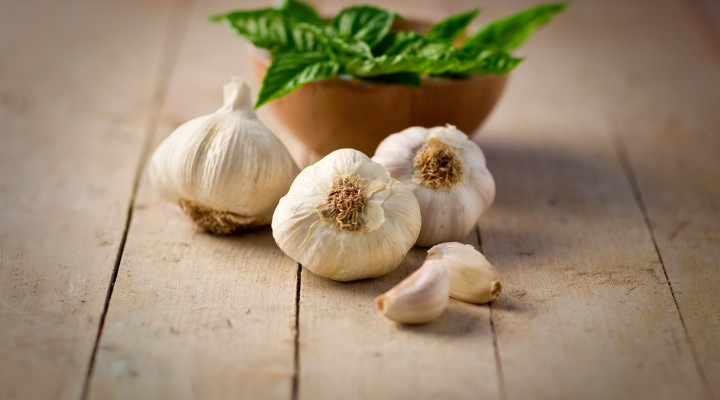Garlic originally came from the mountains in Central Asia, but its taste was considered to be so delicious that hundreds of years ago, it began to be traded right across the world. Garlic is a key ingredient of thousands of recipes, from hundreds of different countries. It is difficult to imagine a world without garlic bread, garlic butter, and garlic pasta bakes. Garlic is not meant to only taste really great: many people believe that it has medicinal properties as well. We have all heard the wives tale that eating garlic prevents you from getting a cold, but how much of that is actually based in fact?
Scientists have been researching the nutritional properties of garlic for many years, and with each discovery they become even more surprised. For a start, garlic is simply packed full of minerals and vitamins, and many of them are difficult to get anywhere else. Potassium, calcium, selenium, manganese and zinc can all be found in high quantities in garlic bulbs, selenium being the most interesting. Doctors have termed selenium a ‘heart-healthy mineral’, and we have found that it also actively promotes antioxidants in your blood.
Garlic also contains a chemical called allicin, which has been shown in many studies to reduce cholesterol and the thickening of blood vessels. All of this combined means that garlic is a super effective way of keeping your heart healthy, lowering your risk of developing coronary artery disease or suffering from a stroke. Scientists have also found, although they don’t know why, that garlic can reduce the chances of you developing stomach cancer. Garlic has anti bacterial, fungal, and viral properties, making it the perfect food to consume throughout the winter months to try and keep those colds at bay!







